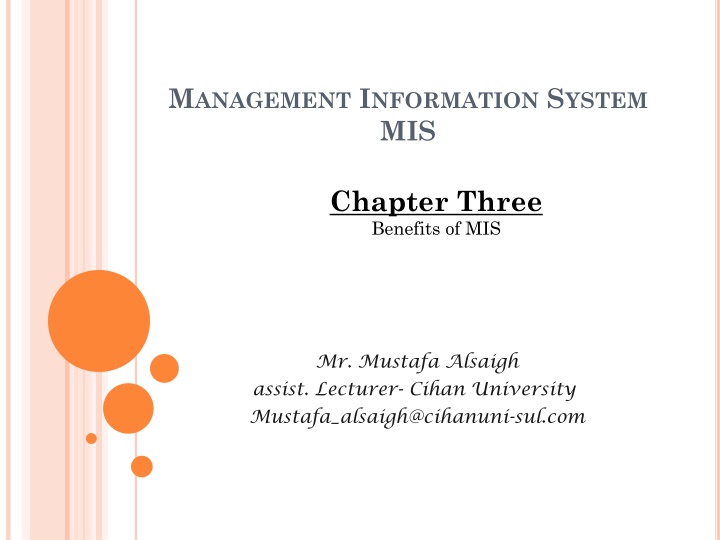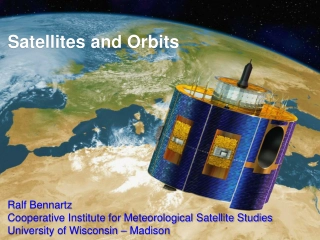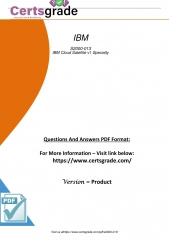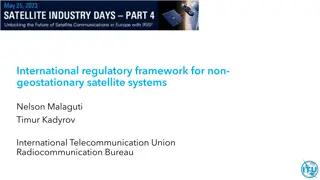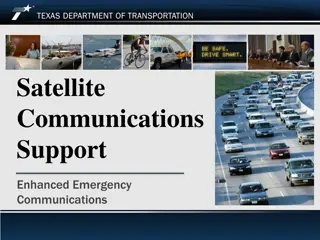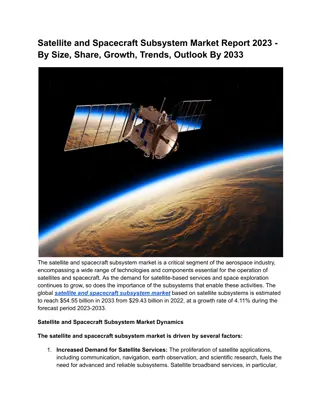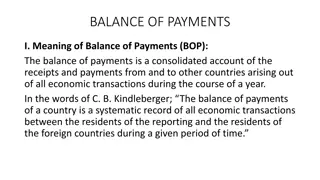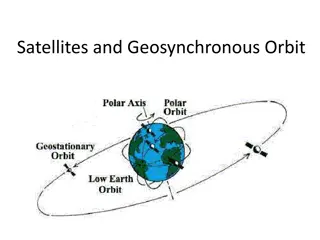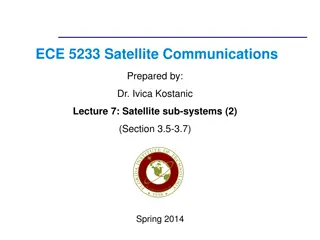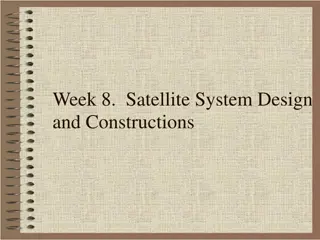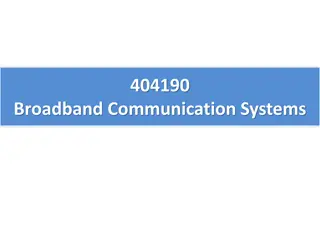Stylized Satellite Account for Human Capital
This presentation explores the concept of human capital, its implications for measurement, and the integration of human capital within the System of National Accounts (SNA). It discusses the challenges in measuring human capital using various approaches and presents a numerical example to illustrate key points.
Download Presentation

Please find below an Image/Link to download the presentation.
The content on the website is provided AS IS for your information and personal use only. It may not be sold, licensed, or shared on other websites without obtaining consent from the author.If you encounter any issues during the download, it is possible that the publisher has removed the file from their server.
You are allowed to download the files provided on this website for personal or commercial use, subject to the condition that they are used lawfully. All files are the property of their respective owners.
The content on the website is provided AS IS for your information and personal use only. It may not be sold, licensed, or shared on other websites without obtaining consent from the author.
E N D
Presentation Transcript
MANAGEMENT INFORMATION SYSTEM MIS Chapter Three Benefits of MIS Mr. Mustafa Alsaigh assist. Lecturer- Cihan University Mustafa_alsaigh@cihanuni-sul.com
WHY DO PEOPLE NEED INFORMATION? Individuals - Entertainment and enlightenment Businesses - Decision making, problem solving and control
WHAT ISA SYSTEM? System: A set of components that work together to achieve a common goal 1. Subsystem: One part of a system where the products of more than one system are combined to reach an ultimate goal 2.
TYPESOF SYSTEMS Closed system: Stand-alone system that has no contact with other systems 1. Open system: System that interfaces with other systems 2.
TYPES OF INFORMATON SYSTEMBY LEVELS
TYPES OF MIS Transaction processing systems: These systems process a large volume of routine, recurring transactions. Operations information systems: These systems gather comprehensive data, organize it and summarize it in a form that is useful for managers. Decision support systems: These systems help mangers with the necessary information to make intelligent decisions. Expert systems: They are meant to mimic humans in making decisions in a specific field. 1. 2. 3. 4.
ELEMENTS OF MIS Hardware Software Control Databases and application programs People Telecommunications and Networks 1. 2. 3. 4. 5. 6.
BENEFTS OF MIS It improves personal efficiency. It expedites problem solving(speed up the progress of problems solving in an organization). It facilitates interpersonal communication It promotes learning or training. It increases organizational control. It generates new evidence in support of a decision. It creates a competitive advantage over competition. It encourages exploration and discovery on the part of the decision maker. It reveals new approaches to thinking about the problem space. 10. It helps automate the Managerial processes. 1. 2. 3. 4. 5. 6. 7. 8. 9.
DATAVS. INFORMATION Data A given, or fact; a number, a statement, or a picture Represents something in the real world The raw materials in the production of information Information Data that have meaning within a context Data in relationships Data after manipulation
MANAGEMENT INFORMATION SYSTEMS Transaction Processing Systems (TPS) Support operation Management and control Routine, n Management Information Systems (MIS) Provide decision-making support for routine, structured decisions Closely linked to and fed by TPS Normal operations
STRUCTUREDVS. UNSTRUCTURED PROBLEMS Structured problems lend themselves to programmed decisions The implication is that a repeatable process can be employed and these can be automated Unstructured problems require non-programmed decisions
GOALSOFAN MIS Provide managers with information Regular, routine operations Control, organize and plan better 1. 2. 3.
TYPICAL INPUTSAND OUTPUTS Inputs: Information from the TPS Outputs: hard and softcopy reports Scheduled reports On-demand reports Key-indicator (business fundamentals) Exception reports 1. 2. 3. 4.
THE END GOOD LUCK
